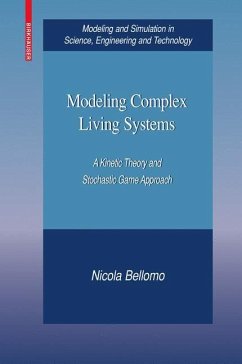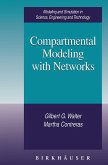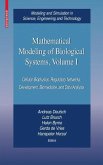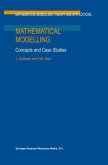Thesubjectofthisbookisthemodelingofcomplex systemsinthelife sciences constituted by a large number of interacting entities called active particles. Their physical state includes, in addition to geometrical and mechanical variables, a variable called the activity, which characterizes the speci?c living system to be modeled. Interactions among particles not only modify the microscopic state, but may generate proliferative and/or destructive phenomena. The aim of the book is to develop mathematical methods and tools, even a new mathematics, for the modeling of living systems. The background idea is that the modeling of living systems requires technically complex mathematical methods, which may be s- stantially di?erent from those used to deal with inert matter. The?rstpart ofthe bookdiscussesmethodological issues, namely the derivation of various general mathematical frameworks suitable to model particular systems of interest in the applied sciences. The second part presents the various models and applications. The mathematical approach used in the book is based on mathema- cal kinetic theoryfor active particles, whichleads tothederivation of evo- tion equations for a one-particle distribution function over the microscopic state. Two types of equations, to be regarded as a general mathematical framework for deriving the models, are derived corresponding to short and long range interactions.
"This nicely written book promotes the idea that the methods employed for modeling living systems may significantly differ from the techniques used for analyzing inert matter...This text, carefully written by a well-known expert, explains broad and profound applications of a new approach to modeling of nonlinear complex systems not only in the natural sciences, but also in systems describing social, ecological, and economic phenomena. It is a very useful reference for anyone interested in mathematical modeling of complex systems." (Svitlana P. Rogovchenko, Zentralblatt MATH)








